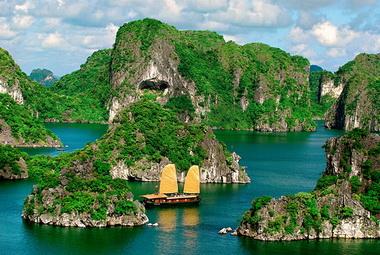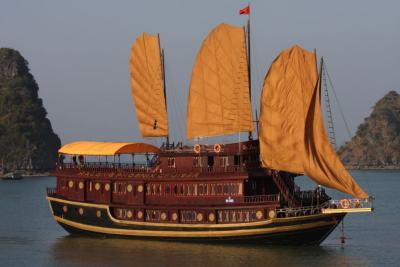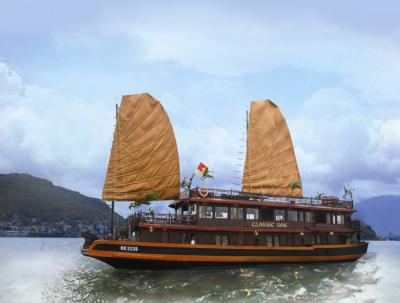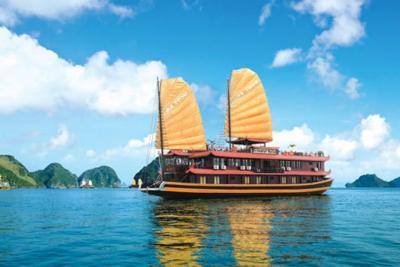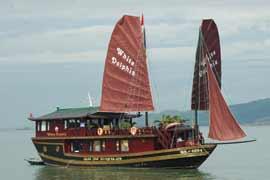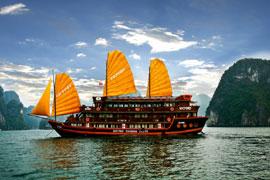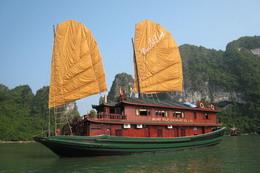Tropical Singapore an oasis for water research
Published: 21/06/2009 05:00
Khoo Teng Chye, the amiable chief of Singaporeâs water agency, says he has been sleeping soundly since taking office five years ago. | |||||||
| Unlike his predecessors at the Public Utilities Board (PUB), Khoo does not have to fret about whether the wealthy but resource-starved island-state will have enough water for its long-term survival and development. Thanks to technology, Singapore now has the capability to generate much of its own water and is gearing up to play a major role in recycling used water - an emerging industry worth around US$100 billion globally. âIâm lucky,â Khoo told AFP in an interview ahead of an international conference and expo on water later this week. âI came after the breakthrough so my thoughts now are more focused on how to make the industry grow,â he said, referring to the process of purifying water on a large scale and relatively cheaply using membrane technology, a chemical-free way of purifying water. Despite its rapid rise in affluence and having a well-equipped military to deter potential aggressors, Singaporeâs lack of natural resources has always made it vulnerable. It buys a large part of its water requirement from neighboring Malaysia, but this has become a contentious issue in often testy ties dating back to the their separation more than 40 years ago. âEver since we became independent in 1965, the issue of trying to manage our water in such a way that we can sustain our growth and development way into the future has been a top priority,â Khoo said. With a land area of just 700 square kilometers, Singapore does not have the watersheds and natural rivers from which to draw the life-giving resource. âWe have only water from the sky - the rain,â said Khoo. The government has turned two-thirds of the island into a massive catchment for the abundant rain that falls all year round to supplement the water piped in from Malaysia. A 7,000-kilometer drainage network directs rainwater into 15 reservoirs, a number that will increase to 17 next year. As part of its overall goal to become an environmentally friendly city, Singapore is transforming the reservoirs into scenic lakes that can host water sports and other recreational activities. Ugly concrete water drains and canals will be transformed to resemble natural rivers and streams, according to Khoo. Turning point The turning point for Singapore came in early 2000 after improvements in membrane technology made it possible and affordable to treat sewage water on a massive scale, Khoo said. The technology refers to a variety of processes using semi-permeable filters rather than chemicals or energy to separate untreated water from its contaminants and impurities. The resulting product dubbed as âNEWaterâ is safe to drink and use in the high-end semiconductor factories that are the engines for Singaporeâs economy. The government has invested more than five billion Singapore dollars (US$3.45 billion) to build water-related infrastructure over the past seven years, including four plants that recycle sewage water for homes and industries. A fifth water reclamation plant, one of the biggest in the world, will open tomorrow during International Water Week, an annual conference hosted by the city-state, now seen as a model for other water-deprived nations. Initially the butt of many jokes, NEWater will account for 30 percent of Singaporeâs needs by next year, but this can easily be increased if the need arises. Desalinated water - costlier to produce than reclaimed waste water - provides 10 percent of Singaporeâs needs, while local catchments and imported water account for the rest. âI think we now have the capacity, if we need to, to be able to sustain our growth and development,â said Khoo when asked if Singapore can become fully self-sufficient. Singaporeâs investments have created a spinoff industry which the government hopes will turn the country into a center for research. In 2006, the government earmarked $330 million over five years to fund research in water technologies. This has encouraged US conglomerate General Electric, Germanyâs Siemens and Dutch firm Deltares to set up research centers here to develop new solutions to meet the worldâs water needs, Khoo said. In addition, some of the foreign and local firms that participated in building Singaporeâs water projects have made the country a base to serve clients in Asia and the Middle East. Local firm Keppel Corp. is building a $1.5 billion waste water treatment plant in Qatar, while another local firm, Hyflux, won a bid for the worldâs largest seawater desalination plant in Algeria. With an increasing number of people worldwide living in urban centers, meeting their water needs without harming the environment has become more compelling, Khoo said. âSingapore in a way has become a hub for water knowledge and water expertise in the region,â he said. A man and his son play under a jetty at the Upper Seletar reservoir water catchment area in Singapore on Saturday. Thanks to technology, Singapore now has the capability to generate much of its own water and is gearing up to play a major role in recycling used water. Source: AFP | |||||||
Provide by Vietnam Travel
Tropical Singapore an oasis for water research - International - News | vietnam travel company
You can see more
- ASEAN Community Exhibition hold in Danang
- Vietnam and U.S. travel societies to jointly launch tourism products
- Hung Kings’ death anniversaries commemorated in Berlin
- Tourism cooperation potential between Vietnam and Indonesia
- OPEC, non-OPEC to look at extending oil-output cut by six months
- Events welcome Italian friendship
- 70,000 sea tourists travel to Vietnam
- PM wants stronger oil and gas cooperation with Russia
enews & updates
Sign up to receive breaking news as well as receive other site updates!
- Banh Đa Cua - a traditional Hai Phong specialty
- Exploring Lai Chau cuisine
- Hanoi ranked top 3 cuisine in the world in 2023
- Beautiful resorts for a weekend escape close to Hanoi
- Travel trends in 2023
- In the spring, Moc Chau is covered in plum blossoms.
- The Most Wonderful Destinations In Sapa
- Top 3 Special festivals in Vietnam during Tet holiday - 2023
- 5 tourist hotspots expected to see a spike in visitors during Lunar New Year 2023
- How To Make Kitchen Cleaned
-
vietnam travel
http://www.vietnamtourism.org.vn " Vietnam Tourism: Vietnam Travel Guide, Culture, Travel, Entertainment, Guide, News, and...
-
Vietnam culture, culture travel
http://travel.org.vn " Vietnam culture
-
Vietnam travel, vietnam travel news, vietnam in photos
http://www.nccorp.vn " Vietnam travel, vietnam travel news, vietnam in photos
-
Vietnam tourism
http://www.vietnamtourism.org.vn " The official online information on culture, travel, entertainment, and including facts, maps,...
-
Vietnam Travel and Tourism
http://www.vietnamtourism.org.vn/ " Vietnam Travel, Entertainment, People, Agents, Company, Vietnam Tourism information.
-
Information travel online
http://www.travellive.org "Information travel online



